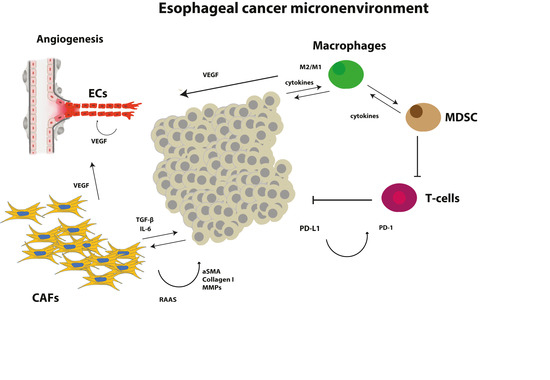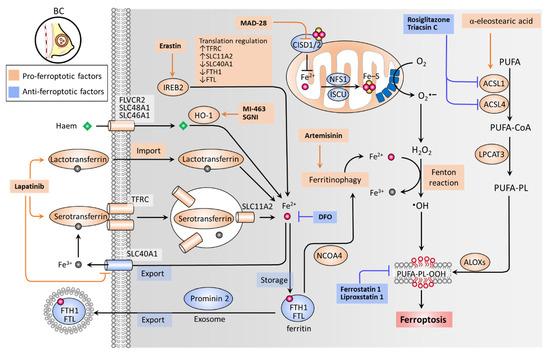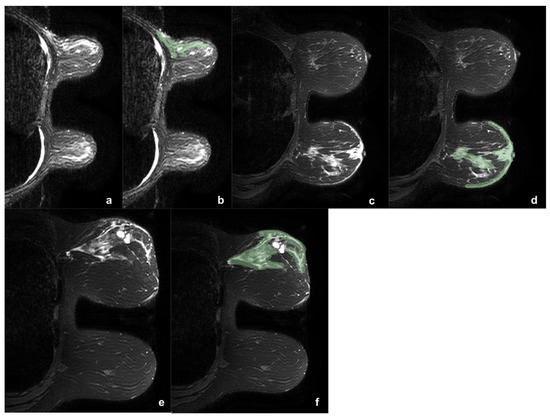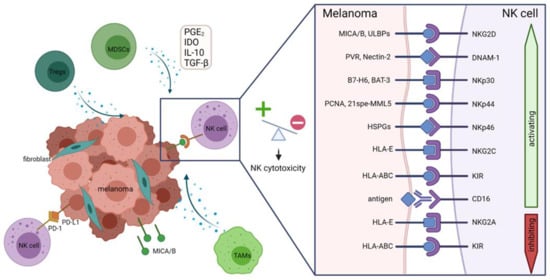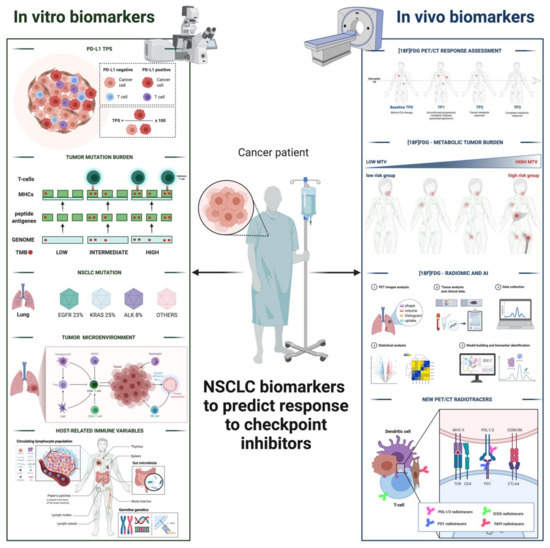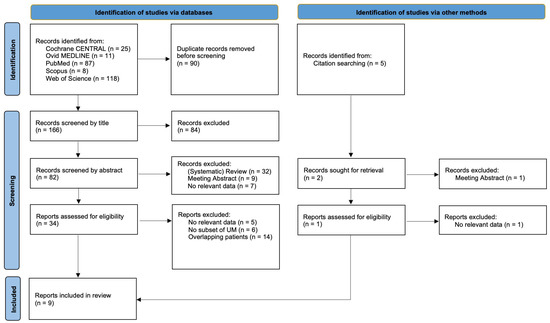Cancers 2021, 13(18), 4621; https://doi.org/10.3390/cancers13184621 - 15 Sep 2021
Cited by 33 | Viewed by 6518
Abstract
Data on the effectiveness and safety of approved SARS-CoV-2 vaccines in cancer patients are limited. This observational, prospective cohort study investigated the humoral immune response to SARS-CoV-2 vaccination in 232 cancer patients from 12 HeCOG-affiliated oncology departments compared to 100 healthcare volunteers without
[...] Read more.
Data on the effectiveness and safety of approved SARS-CoV-2 vaccines in cancer patients are limited. This observational, prospective cohort study investigated the humoral immune response to SARS-CoV-2 vaccination in 232 cancer patients from 12 HeCOG-affiliated oncology departments compared to 100 healthcare volunteers without known active cancer. The seropositivity rate was measured 2–4 weeks after two vaccine doses, by evaluating neutralising antibodies against the SARS-CoV-2 spike protein using a commercially available immunoassay. Seropositivity was defined as ≥33.8 Binding-Antibody-Units (BAU)/mL. A total of 189 patients and 99 controls were eligible for this analysis. Among patients, 171 (90.5%) were seropositive after two vaccine doses, compared to 98% of controls (p = 0.015). Most seronegative patients were males (66.7%), >70-years-old (55.5%), with comorbidities (61.1%), and on active treatment (88.9%). The median antibody titers among patients were significantly lower than those of the controls (523 vs. 2050 BAU/mL; p < 0.001). The rate of protective titers was 54.5% in patients vs. 97% in controls (p < 0.001). Seropositivity rates and IgG titers in controls did not differ for any studied factor. In cancer patients, higher antibody titers were observed in never-smokers (p = 0.006), women (p = 0.022), <50-year-olds (p = 0.004), PS 0 (p = 0.029), and in breast or ovarian vs. other cancers. Adverse events were comparable to registration trials. In this cohort study, although the seropositivity rate after two vaccine doses in cancer patients seemed satisfactory, their antibody titers were significantly lower than in controls. Monitoring of responses and further elucidation of the clinical factors that affect immunity could guide adaptations of vaccine strategies for vulnerable subgroups.
Full article
(This article belongs to the Section Clinical Research of Cancer)
►
Show Figures


